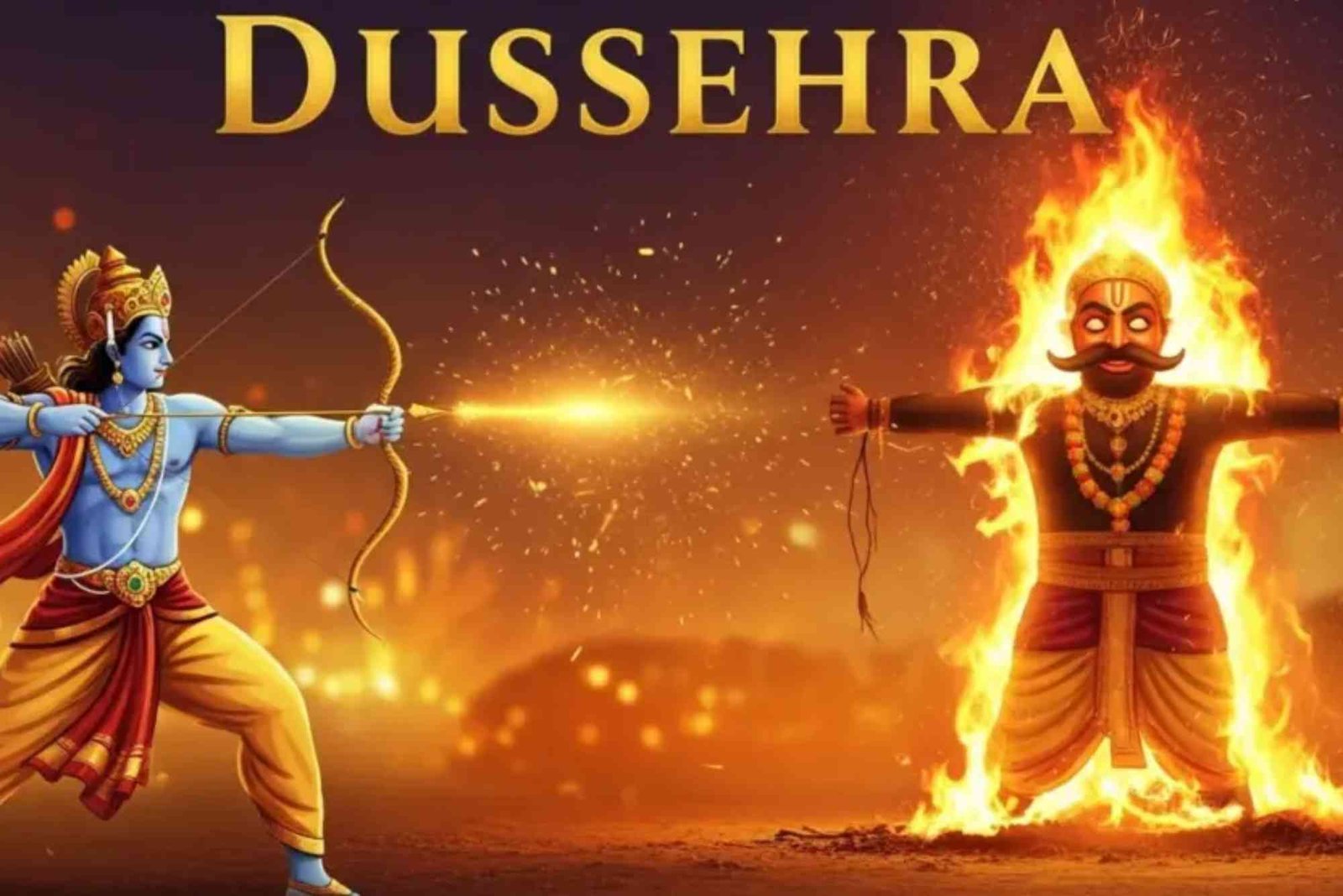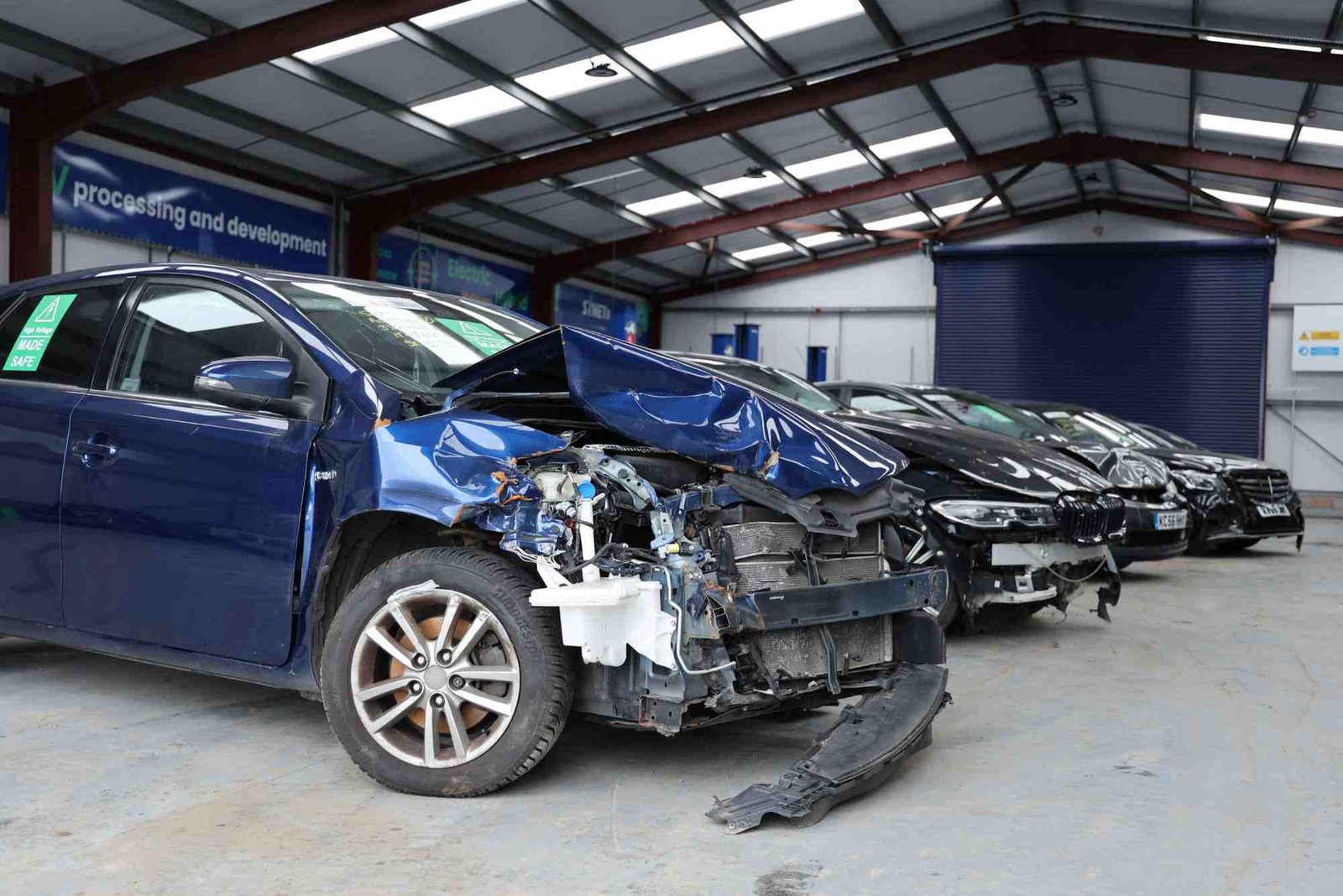Introduction
Dasara, also known as Dussehra, is one of India’s most vibrant and spiritually significant festivals. It symbolizes the triumph of good over evil and celebrates courage, devotion, and righteousness. Observed across India with varying traditions and customs, Dasara brings together mythological tales, cultural performances, and community celebrations that define its grandeur. In this detailed guide, we’ll explore Dasara Explained: What You Need to Know—its historical roots, rituals, regional significance, and modern interpretations that continue to shape its legacy.
Understanding the Significance of Dasara
Dasara marks the end of the nine-day Navratri festival and commemorates Lord Rama’s victory over the demon king Ravana. In southern India, it also celebrates Goddess Chamundeshwari’s triumph over the demon Mahishasura. These two narratives intertwine under the common theme of victory of good over evil, truth over falsehood, and light over darkness.
Spiritually, Dasara encourages introspection and moral awakening. It reminds people to overcome their internal evils—such as ego, greed, and anger—just as the gods overcame demonic forces in mythological times. The festival’s timing, usually in September or October, coincides with the change of seasons, representing new beginnings and the triumph of clarity after chaos.
Historical and Mythological Origins of Dasara
The origins of Dasara trace back thousands of years into the epics Ramayana and Mahabharata. In Ramayana, Lord Rama returns to Ayodhya after defeating Ravana, the ten-headed demon king of Lanka. His victory day became celebrated as Dussehra. Meanwhile, in Mahabharata, the Pandavas are said to have retrieved their weapons hidden during exile on this same day, marking it as auspicious for valor and renewal.
In southern traditions, the story takes another form. In Mysuru, Karnataka, Dasara honors Goddess Chamundeshwari, who defeated Mahishasura—a demon symbolizing arrogance and deceit. The city’s name, Mysuru (formerly Mahishur), is derived from Mahishasura’s name, and its royal celebrations are renowned across India.
These mythological stories form the foundation of Dasara’s identity, connecting people through shared moral lessons, divine worship, and cultural pride.
Cultural Celebrations Across India
Although the essence of Dasara remains the same, its celebrations differ dramatically across India’s regions.
Northern India: The Ramlila and Ravana Effigies
In North India, particularly in states like Uttar Pradesh, Delhi, and Punjab, the festival culminates with the Ramlila, a dramatic enactment of Lord Rama’s life. The highlight of the festival is the burning of Ravana’s effigy, symbolizing the destruction of evil. Fireworks, music, and devotional songs fill the air as communities gather in open grounds to witness the spectacle.
Southern India: The Royal Mysuru Dasara
Mysuru hosts one of the grandest Dasara celebrations, known for its regal processions, traditional dances, and decorated elephants. The Mysore Palace is illuminated with thousands of lights, creating a breathtaking sight. Cultural performances, wrestling matches, and parades reflect the region’s heritage. For those who want to dive deeper, you can explore Dasara in Mysuru to witness how history and devotion merge into an unforgettable experience.
Eastern India: The End of Durga Puja
In West Bengal, Dasara coincides with Vijayadashami, marking the end of Durga Puja. Devotees immerse the idols of Goddess Durga in rivers, symbolizing her return to the heavens. This act represents both sorrow for her departure and joy for her victory over Mahishasura.
Western India: Navratri and Garba Nights
In Gujarat and Maharashtra, Dasara follows nine nights of Garba and Dandiya Raas dances. Women dress in colorful attire, and communities unite in music and celebration. It’s both a religious and social event, fostering unity and cultural pride.
Symbolism and Spiritual Meaning of Dasara
Dasara is not merely a cultural event—it is deeply symbolic. Each ritual and celebration represents philosophical lessons that remain relevant today.
-
Victory of Virtue Over Vice: Ravana’s ten heads symbolize human vices—lust, anger, greed, pride, envy, ego, hatred, attachment, jealousy, and selfishness. Burning the effigy teaches the importance of self-purification.
-
Courage and Devotion: Rama’s perseverance embodies courage and faith, encouraging people to face life’s battles with integrity.
-
Renewal and Prosperity: Farmers view Dasara as the start of a new agricultural season, blessing their tools and land for productivity.
Modern Interpretations and Global Relevance
In modern times, Dasara continues to evolve. While traditional customs persist, new generations have adapted the festival to contemporary lifestyles. Urban centers host eco-friendly Ravana effigies, digital Ramlilas, and cultural fairs. The essence of celebration—community, morality, and renewal—remains timeless.
Outside India, Dasara is celebrated by Indian communities worldwide, from the United States to Singapore. Global stages showcase the stories of Rama and Durga, promoting Indian culture across continents. To explore how modern celebrations have transformed, visit Learn How Dasara to understand the evolving spirit of this traditional festival.
Traditional Foods and Festive Delights
Food plays an integral role in Dasara celebrations. Families prepare special dishes like puran poli, sweet pongal, jalebi, and kheer. Each region has its own specialties—Mysuru’s sweet dishes, Bengal’s sandesh, and Gujarat’s fafda-jalebi are favorites.
Many communities also follow the tradition of sharing festive meals with friends and family, symbolizing unity and gratitude. Some even donate food to the poor, continuing the festival’s message of compassion.
The Role of Women in Dasara
Women play a central role during Navratri and Dasara. In many parts of India, they worship different forms of the Goddess each day—Durga, Lakshmi, and Saraswati—representing strength, wealth, and wisdom. The festival celebrates feminine energy (Shakti) and emphasizes equality, respect, and empowerment.
In households, women decorate altars, organize rituals, and prepare traditional offerings. Their participation not only sustains the spiritual essence but also keeps age-old customs alive for future generations.
Environmental Awareness and Modern Challenges
In recent years, environmentalists have raised concerns about pollution caused by fireworks and effigies. Many cities have adopted sustainable methods—using biodegradable materials, reducing noise pollution, and promoting eco-conscious celebrations.
Schools and local organizations conduct awareness campaigns encouraging communities to celebrate responsibly. This shift reflects a growing harmony between tradition and environmental stewardship.
Dasara in Popular Media and Arts
Dasara’s influence extends into literature, cinema, and music. Indian films often depict Ramlila scenes, while television serials recreate the epic battles of good versus evil. Musicians and artists across India create songs and performances that honor the spirit of Dasara.
Globally, platforms like Dasara resources at www.billboard.com showcase how cultural themes from festivals like Dasara inspire music and art, proving that this Indian tradition resonates far beyond national borders.
Why Dasara Matters Today
In a world full of challenges and uncertainty, Dasara’s timeless message—good triumphs over evil—remains more relevant than ever. It encourages individuals to rise above negativity, embrace morality, and act with compassion. The festival also strengthens community ties, promotes charity, and fosters cultural identity among younger generations.
(FAQs)
Why is Dasara celebrated?
Dasara is celebrated to honor the victory of good over evil, symbolized by Lord Rama’s triumph over Ravana and Goddess Durga’s victory over Mahishasura.
What is the difference between Dasara and Dussehra?
Both names refer to the same festival. “Dasara” is commonly used in South India, while “Dussehra” is popular in the North.
How long is Dasara celebrated?
Dasara follows the nine days of Navratri and is celebrated on the tenth day, known as Vijayadashami.
What are some popular Dasara rituals?
Major rituals include Ramlila performances, Ravana effigy burning, Goddess worship, and processions in honor of divine victories.
Is Dasara a public holiday in India?
Yes, Dasara is a national public holiday across India, with offices, schools, and institutions closed for celebration.
Dasara Explained: What You Need to Know reveals that this festival is more than myth or ritual—it’s a celebration of human values, faith, and resilience. Whether through prayers, performances, or family gatherings, Dasara reminds us that virtue will always outshine vice.
As the lights of Vijayadashami glow across towns and temples, let us carry forward its lessons of courage, compassion, and truth. Celebrate responsibly, embrace unity, and inspire others to uphold righteousness in their daily lives.
To learn more about traditions, cultural insights, and modern celebrations, visit Learn How Dasara today—and rediscover the meaning of victory, both within and around you.









